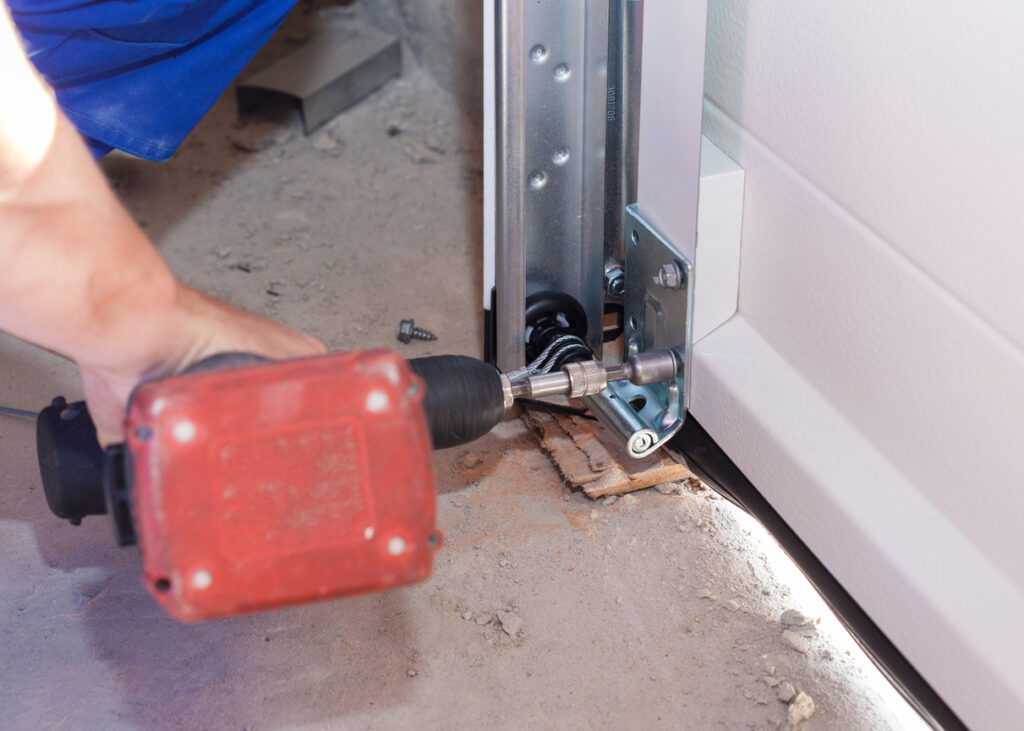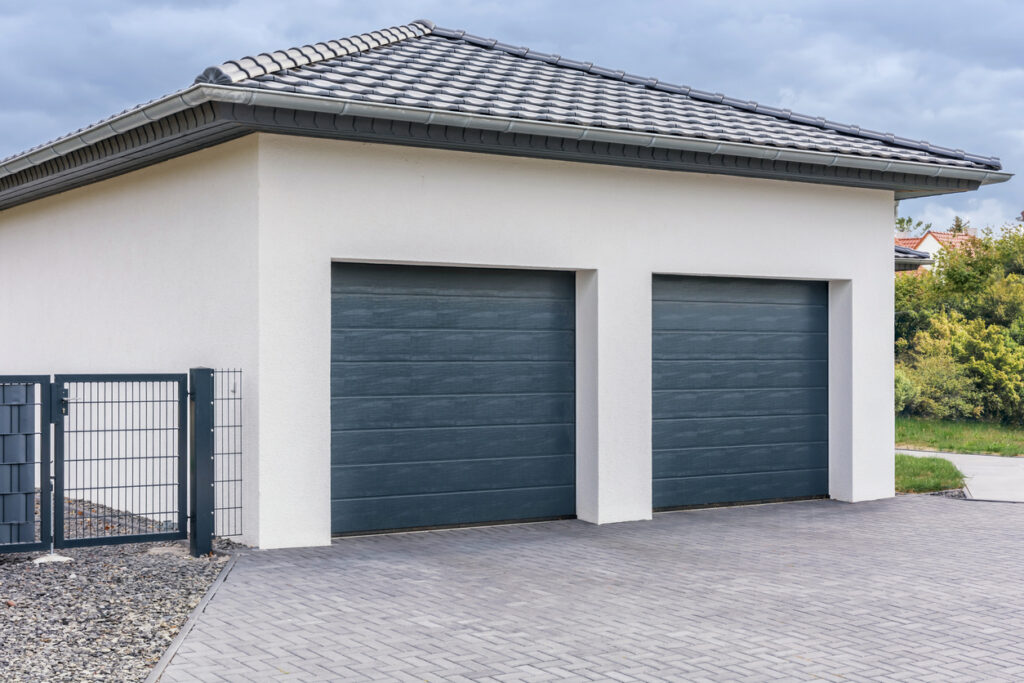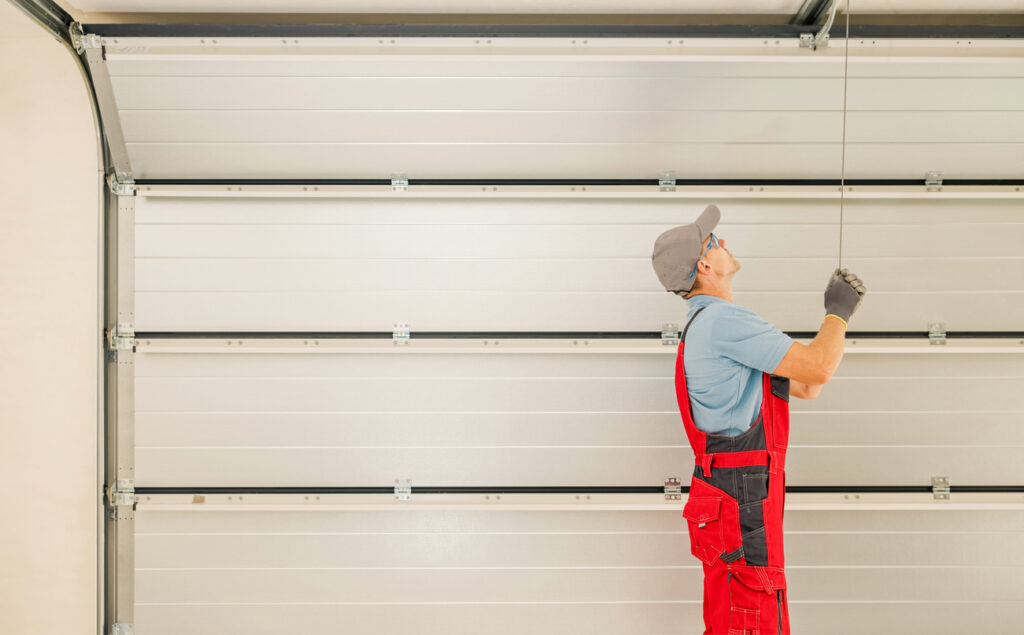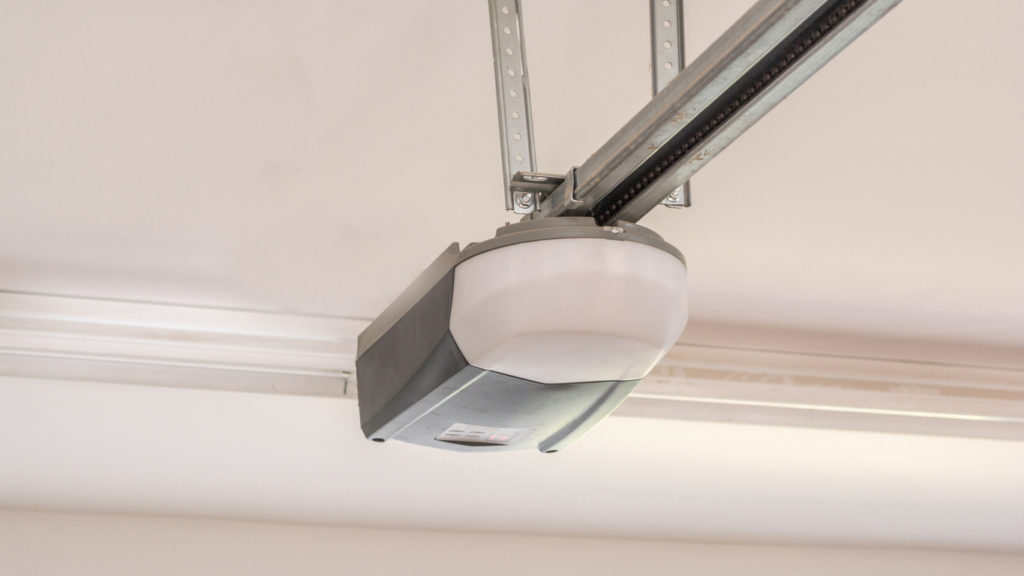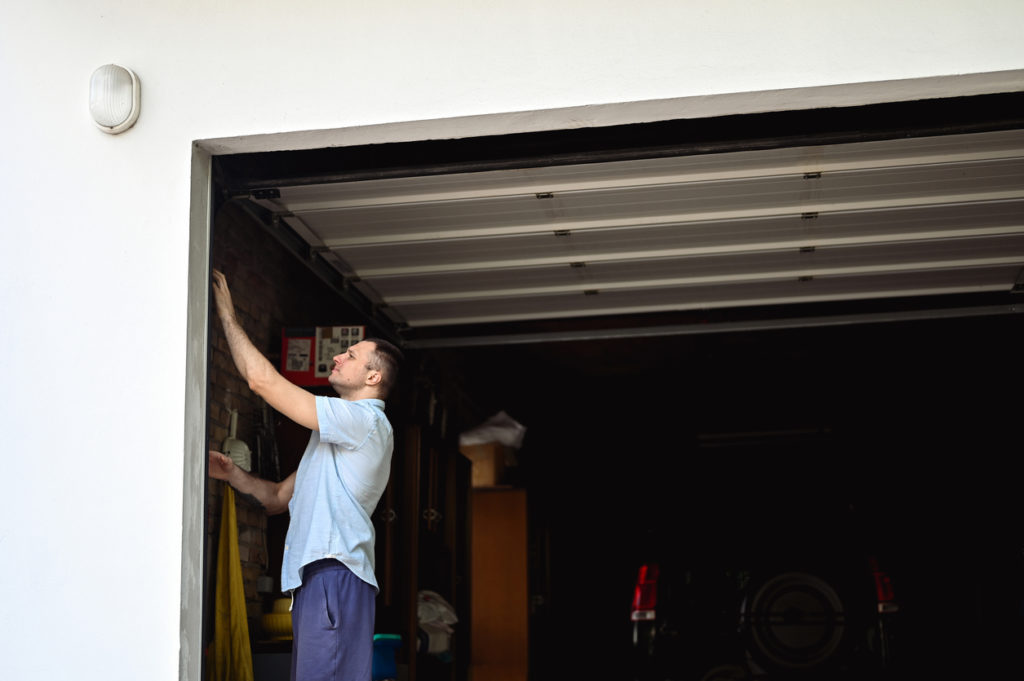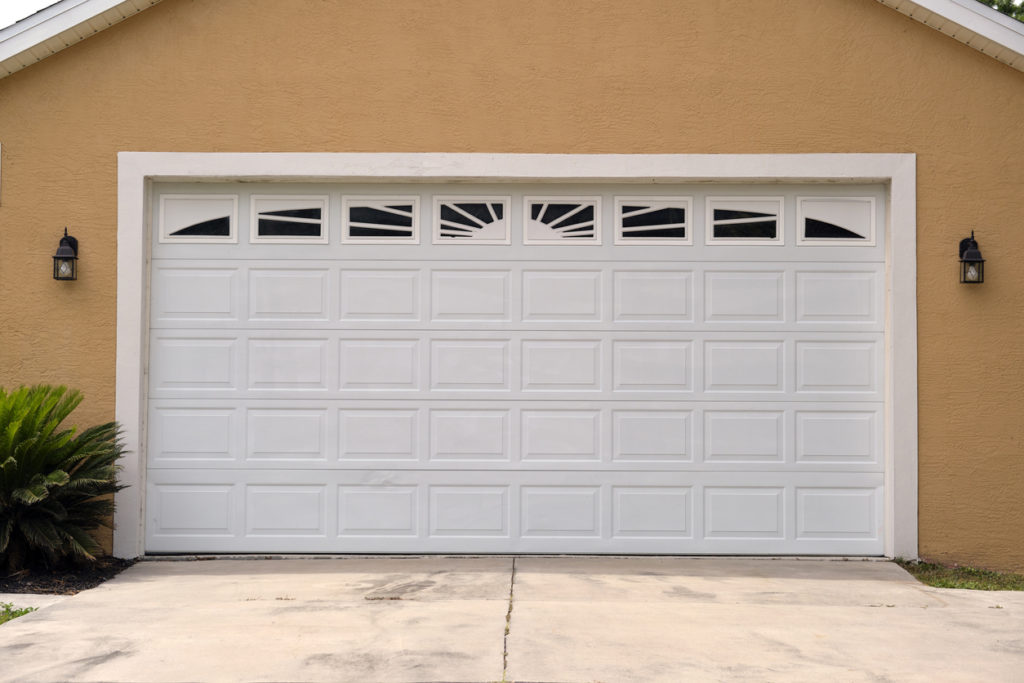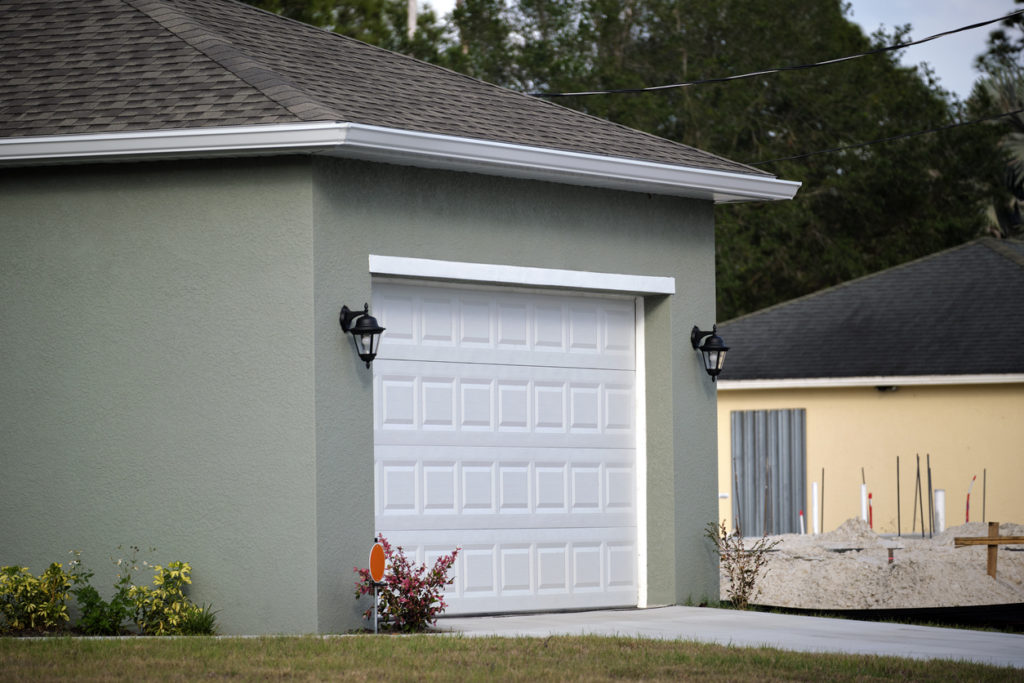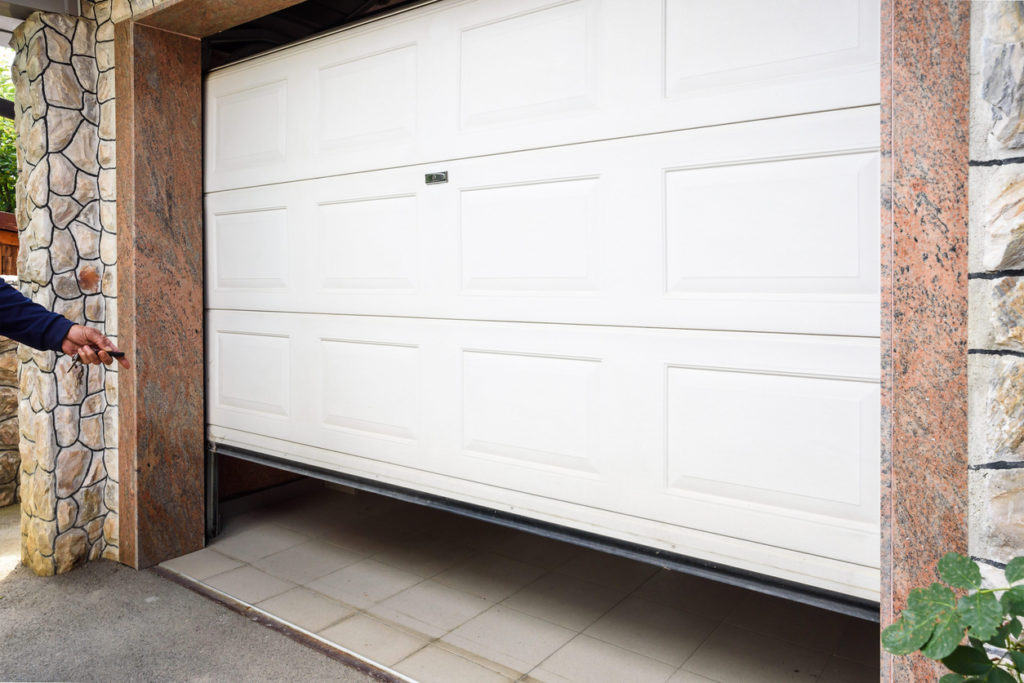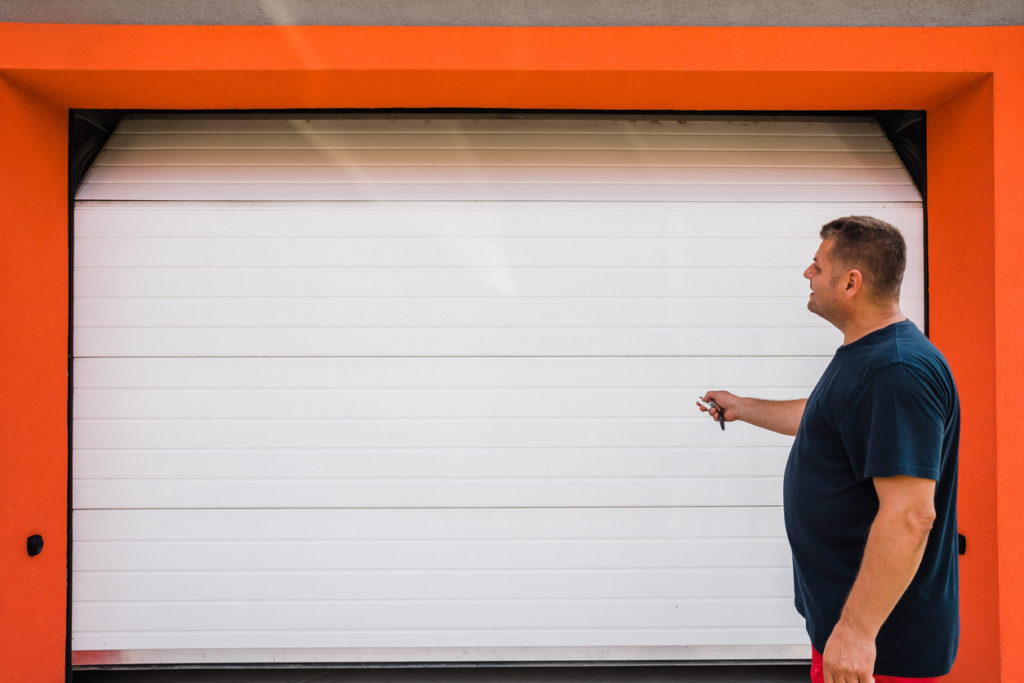A garage door maintenance checklist is essential for keeping your door in optimal condition, preventing costly repairs, and ensuring safety. Regular tasks like lubricating moving parts, checking the door balance, and inspecting the opener can prolong the lifespan of your garage door. Professional inspections also help identify potential issues before they become major problems. A […]
Garage Door Maintenance Checklist, and When to Call the Experts
